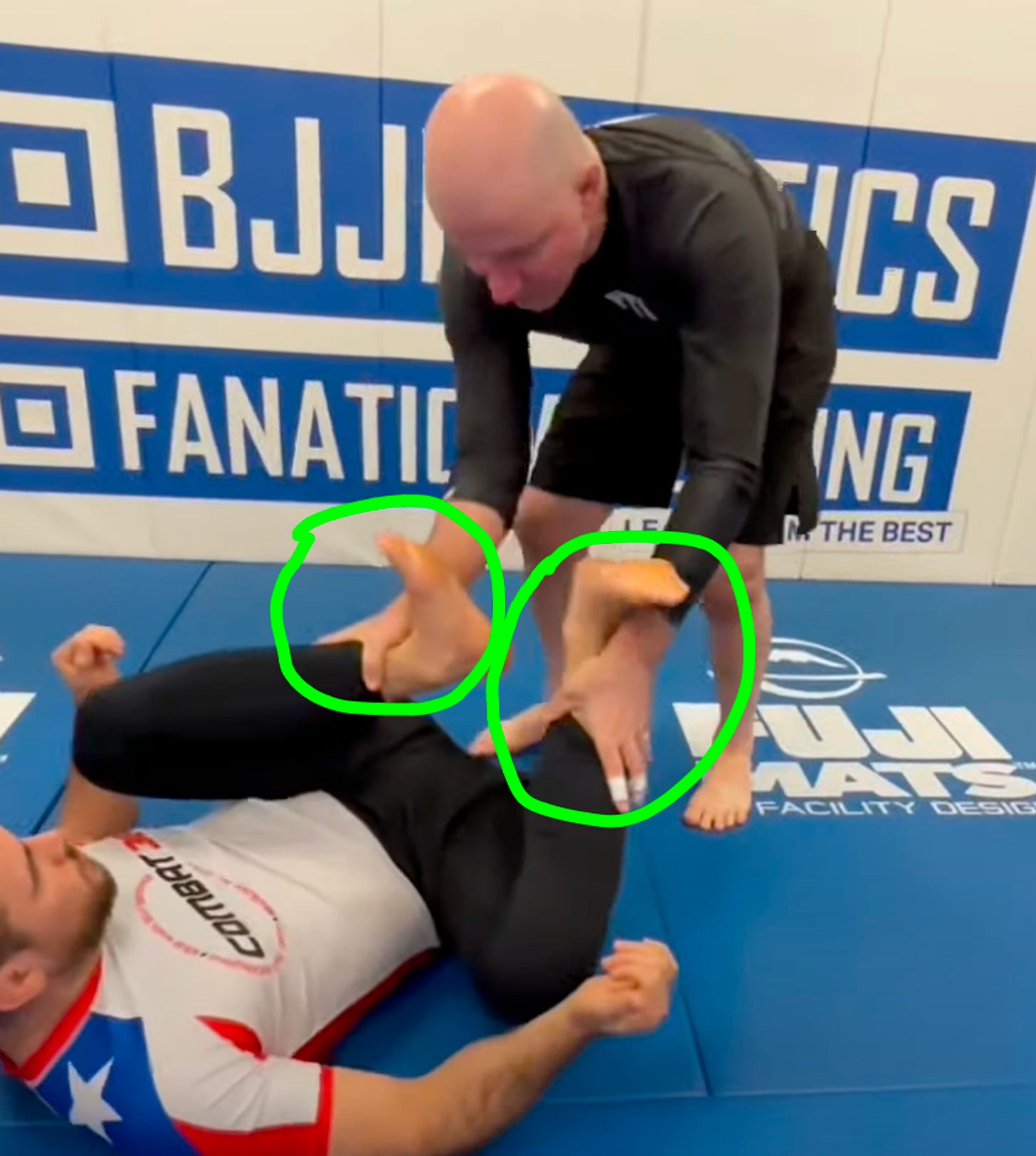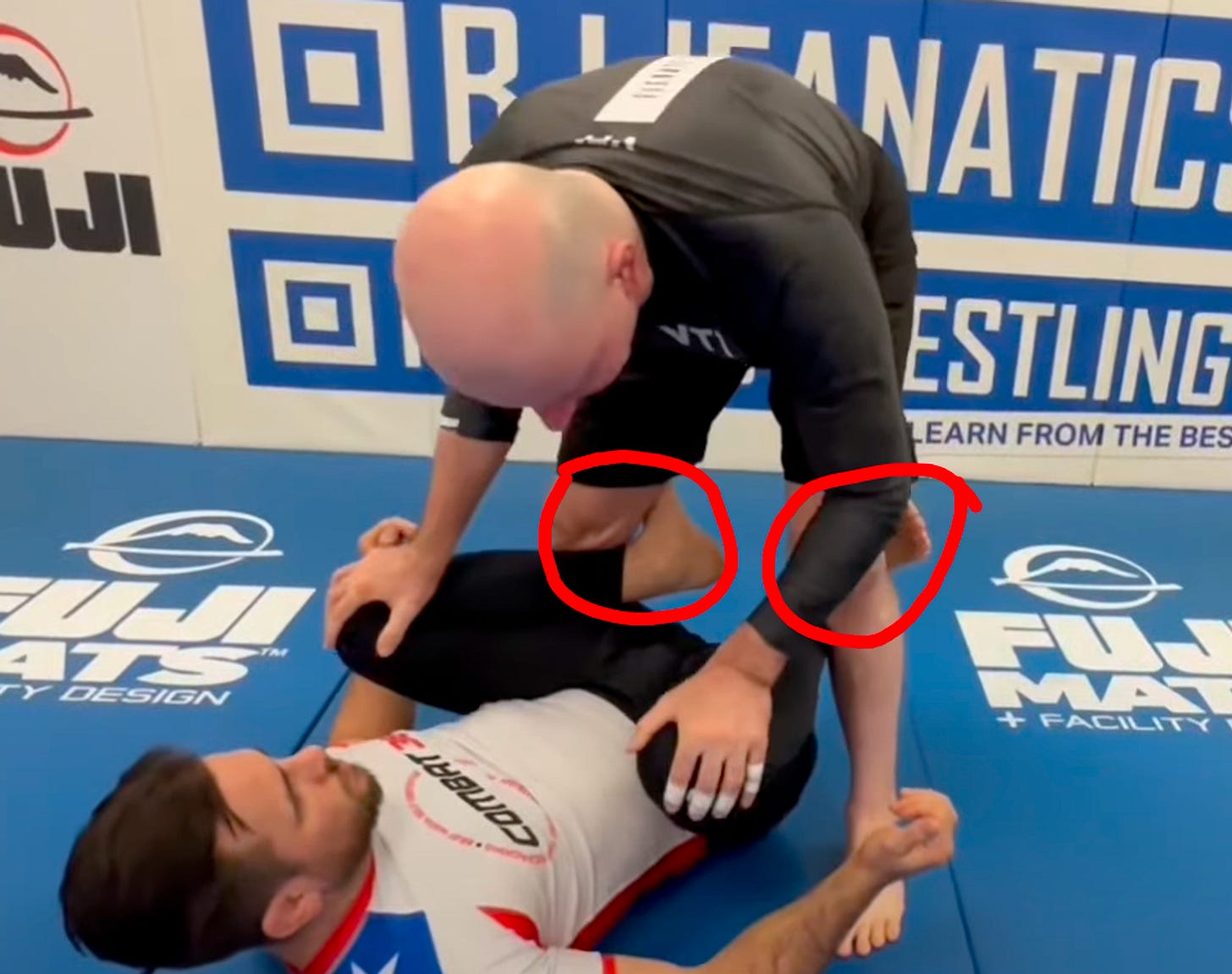Passing Principles and SOPs by John Danaher
Revolutionizing the Art of Passing with Systematic Strategies
Passing has evolved significantly in recent years. It’s not about new “moves” emerging but rather about the adoption of new philosophies and principles that have shifted passing from a mere collection of moves to a systematic endeavor.
In my opinion, the most effective passers today are Gordon Ryan and Tainan Dalpra. They both hail from schools renowned for their principle-based approach to BJJ’s various aspects.
I’m a fan of John Danaher’s teaching sttyle, and today, I believe it would be incredibly beneficial to explore some of the fundamental principles he identifies as crucial for becoming a consistently efficient passer.
This discussion complements previous issues, such as Gordon’s passing system, 80/20 of Guard Retention, and Guard Retention strategies by Knowledge Denial, among others.
Passing Principles and SOPs
Time Is Your Ally in Passing: Embrace the idea that pressure applied over time is key. It might take several minutes to “cook” your opponents and set the stage for a successful pass. Patience and strategic planning are essential.
Dominate the Initial Contact: Making the first contact puts you in a commanding position, forcing your opponent to respond to your moves rather than the other way around. Gaining angles on them is a strategic way to gain tempo.
Knowledge Denial Method: By understanding and then denying what makes your opponent effective, you cripple their game. This involves reverse-engineering their moves to prevent them from executing their strategy.
Let’s study these principles through the study of Toreando Passing:
When passing, always make contact first and try to generate an uneven position in your favor. If your opponent contacts first, disengage and restart.
Gain an angle instead of standing directly in front of my opponent. By preventing them from pointing the soles of their feet toward us (refer to the Guard Recovery issue here), we've already won an initial battle in terms of angle and tempo:
Once we gain an angle and cause the feet to turn away, we must occupy the inside position with our body, utilizing our best frames (arms, head, legs). Essentially, this forms the basis of every camping position:
We haven't completed the pass yet, but we're in control, occupying the inside position and applying pressure on one of their final defenses: the "Knee-Elbow Connection."
The more they resist from this position, the more exhausted they'll become.
To finalize the pass, we need to carefully choose the right moment to push the legs away, using our legs instead of our hands:
For the final step, every passing sequence must conclude with control and connection of the head and shoulders. Without this, opponents may find an opening to recover.
That's it. As demonstrated, these principles can be applied to all types of passing. Understanding the complete picture and the requirements for passing is far more effective than mechanically memorizing moves.
Hope this helps! 👊







